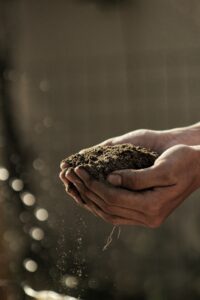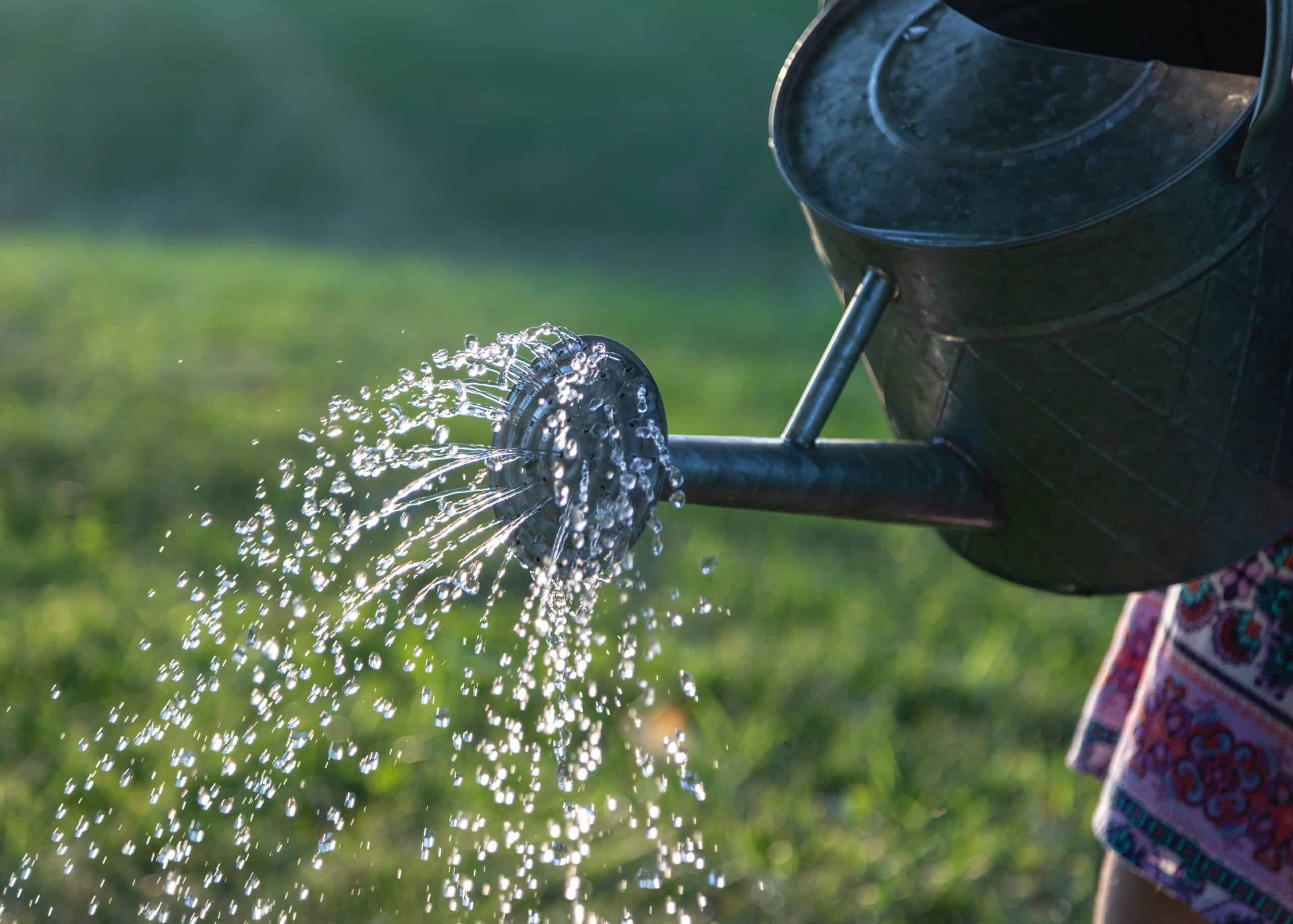Causes of Yellowing Leaves in Moringa
The joy of tending to your Moringa trees in the garden is incomparable. Checking on my Moringa tree in the morning is a delight that never fails to bring a smile to my face.
We recently received an email addressing concerns about Moringa leaves turning yellow, which encouraged us to write this article and share insights to help others that may be facing similar issues.
If you are interested to learn more about the nutritional facts of Moringa, check out our article below:
Moringa Leaves Turning Yellow?
The phenomenon of Moringa leaves turning yellow can be due to overwatering, inadequate soil nutrients, or rapid growth. If the bottom leaves of a young Moringa tree turn yellow, removing them is advised. However, if the entire tree is yellowing, we suggest to reduce watering it and consider replanting your Moringa tree.
Understanding what to do when Moringa leaves turn yellow is crucial for when you first start growing Moringa.
Further information about Moringa leaves turning yellow, general Moringa advice, and growing tips are provided below.
Why are My Moringa Leaves Turning Yellow?
If you observe your Moringa leaves turning yellow, there’s no need to panic. Several reasons could contribute to this, and solutions are available.
You first need to stay calm and read through this article to determine how to address the yellowing of your Moringa leaves.
Why are My Moringa Leaves Turning Yellow (Table)
| Scenario | Reason | Fix |
|---|---|---|
| Bottom Leaves are Yellow of Growing Moringa | Moringa prioritizes stronger leaves | We pull these leaves off, they've served their purpose! This is a good sign. |
| All Moringa Leaves are Yellow | Overwatering | Reduce watering for the next couple of weeks, re-plant Moringa if soil is very wet |
| Bad Soil | Weak soil does not have nutrients the Moringa needs | Re-plant into stronger soil, find an area with better sunlight, add fertilizer to your soil. |
Overwatered Your Moringa
One common reason for yellowing leaves is overwatering your Moringa. This is identifiable when all Moringa leaves turn yellow, not just a few. If this happens, consider adjusting your watering schedule or waiting until the soil dries before re-watering.
Moringa prefers drier conditions, and many enthusiasts tend to overwater it.

If you have Moringa on a watering schedule that closely resembles the other plants in your garden, we suggest that you reduce watering your Moringa to about 30-50% less than your other plants.
Newly Planted Moringa
In cases where Moringa leaves turn yellow, especially in new plants, it’s often a natural part of early growth. During initial stages, Moringa prioritizes the growth of upper leaves over lower ones. As a result, you will often see 40 to 80% of your Moringa leaves start to turn yellow.
This is a positive sign, indicating the tree is directing nutrients to new growth. Removing these yellow leaves makes sure that vital nutrients are channeled to the remaining green leaves.

Once those bottom leaves are no longer a priority for the Moringa tree, it stops sending them nutrients.
When we detect this, we immediately rip those yellow leaves off. We do not want any nutrients wasted on leaves that our Moringa has decided are no longer a priority.
This will leave your Moringa tree with only the solid green leaves and allow them ALL the nutrients that your Moringa tree collects.
Bad Soil
Yellowing of all Moringa leaves may indicate poor soil quality. If adjustments to the watering cycle prove ineffective, consider replanting Moringa in fresh soil or introduce fertilizers to enhance nutrient levels.
We use store-bought soil, that already has added nutrients. But if that’s not feasible for you, adding fertilizer can be a practical alternative.

How to Revive Moringa Plant
Reviving a Moringa plant is generally straightforward due to its resilience.
If you’ve walked outside and noticed that your Moringa needs a revival, there are a couple of steps you should take.

First, start by ensuring adequate watering of your Moringa tree. If issues still persists, adding fertilizer to the soil and relocating the plant to a sunnier spot can be beneficial. This is a simple trick that we do whenever we see our Moringa tree isn’t looking too well.
Sometimes, without noticing, the plants around our Moringa grow up and start to block our Moringa trees from collecting sunlight.
A plant’s primary food source is photosynthesis, and if something is blocking your Moringas primary food source, it will react negatively.
Maintaining a healthy Moringa plant is pretty simple. Sticking to a watering schedule that keeps the soil slightly dry is key. Moringa requires less water than surrounding plants, and adjusting the watering frequency accordingly contributes to its overall well-being of your Moringa tree.
Moringa Leaves Turning White
While this airborne fungus is challenging to prevent, a simple natural spray can effectively treat it.
Natural Powdery Mildew Remedy
You’ll need at least a 5-gallon bucket and some very cheap ingredients to make this spray.
Ingredients
- 1 Gallon Water
- 1 Tablespoon Baking Soda
- 3 Tablespoon Horticultural Oil
- 4 Drops of Dish Soap
Process
What I love most about this spray is it’s super simple to make.
Just pour all the ingredients into a 5-galloon bucket (or whatever size bucket you have), mix, and then add the spray to some spray bottles.
Head into the garden and spray the leaves every couple of days until you see the Powdery Mildew deteriorate.
Remember not to panic and avoid excessive spraying. Treat each affected plant with a few sprays and allow time for recovery.
Conclusion

For years now, Moringa has been a daily consumption in my life, incorporated in various forms such as capsules, food recipes, and soothing teas. Initially, my daughter and I embarked on this journey as an experiment, but as time went on, I delved deeper into its remarkable potential and unearthed the unlimited benefits it offers for our well-being and health. I got motivated by how much it positively impacted me and decided to share my insights about Moringa’s profound impact on health and overall living through my blog posts.
